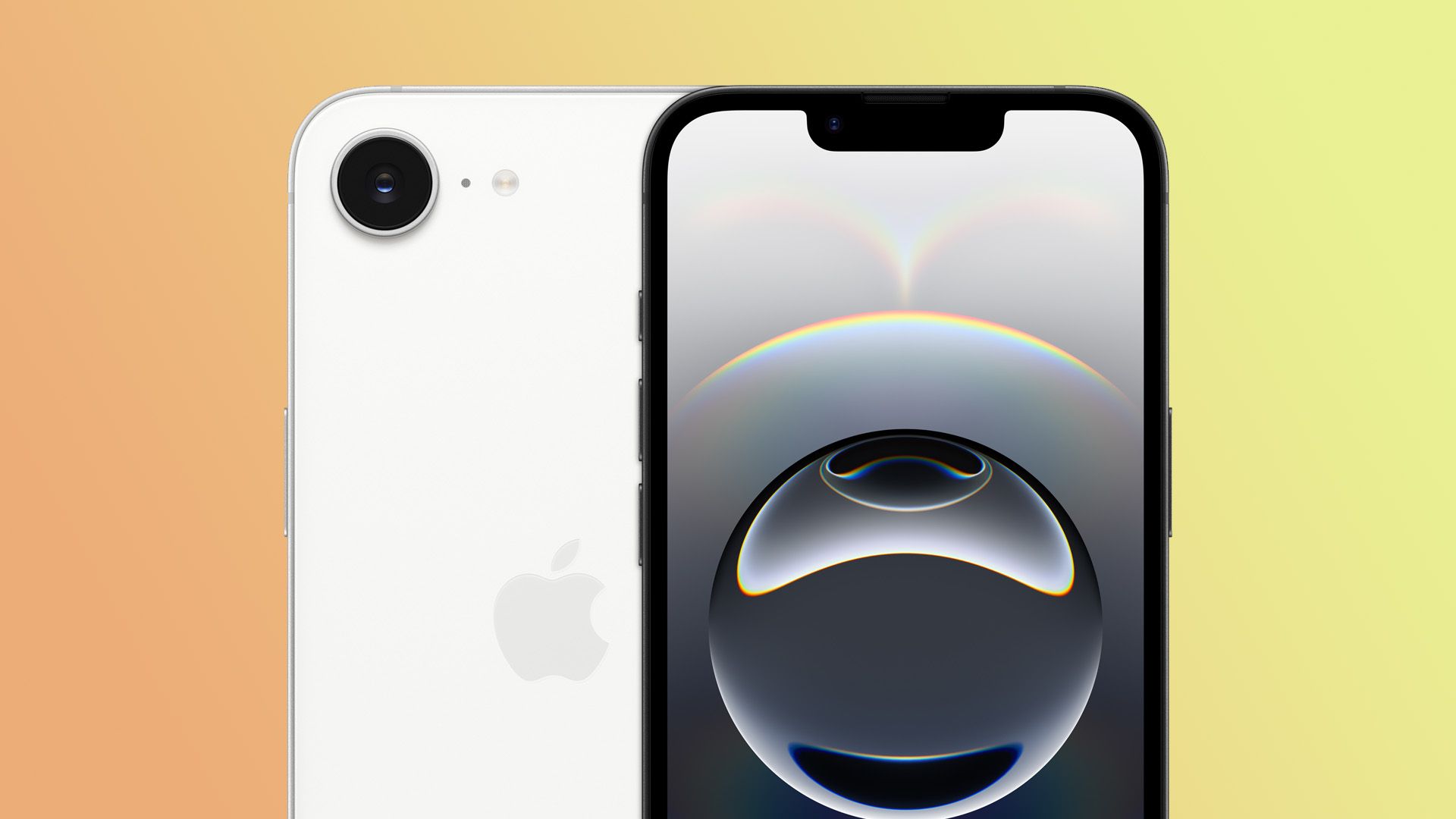Apple has announced the iPhone 16E, the long-awaited replacement for the iPhone SE. It has most of the functionality of the iPhone 16 at a $200 discount, and pre-orders begin on Friday, February 21.
Apple’s only purpose-built budget iPhone in recent history has been the iPhone SE, which hasn’t been updated every year and lagged far behind modern iPhone flagships in design. The most recent model from 2022 had the same internal hardware as the iPhone 13, but with a design nearly identical to the iPhone 8, complete with a Touch ID home button and proprietary Lightning connector. However, it was significantly cheaper than mainstream iPhone models at $429.
The iPhone 16E is taking a different approach: it’s almost exactly like the iPhone 16. It has the same 6.1-inch Super Retina XDR display, A18 chipset with Apple Intelligence support, USB Type-C port, 128GB base storage capacity, Emergency SOS with satellite support, crash detection. The 6.1-inch screen is almost identical to the OLED screen on the iPhone 16e, but it has a larger notch reminiscent of the iPhone 13 instead of the Dynamic Island, and the maximum brightness is slightly lower (1200 nits in HDR vs. 1600 in HDR). It also has a customizable Action Button, but without the touch scrolling mode in the camera app.
The main difference is the camera setup, where Apple has deployed a “2-in-1 camera system.” It uses one lens to capture 24MP and 48MP photos, and Dolby Vision videos at up to 4K 60 FPS, so photo and video quality should be almost identical to the base iPhone 16. However, there’s no ultra-wide lens, so you lose the .5x zoom mode. Spatial photos and videos don’t work either. Apple says Portrait mode should continue to work, but without the extra depth data from the second lens, it might not work as well.
This is also the first iPhone to use Apple’s own integrated modem—the hardware component that connects to wireless networks and devices—which the company is calling the Apple C1. Modern iPhones have mostly used modems from Qualcomm, but Intel modems were also used on some older models. Apple purchased the majority of Intel’s smartphone modem business in 2019 to get to this point. We’ll have to wait and see how the iPhone 16E’s cellular and Wi-Fi performance compares to iPhones with Qualcomm hardware, but some drawbacks are already noticeable—only sub-6 GHz 5G is supported (no mmWave), and there’s only Wi-Fi 6 instead of Wi-Fi 7.
There’s also no support for MagSafe, so magnetic accessories don’t work at all. Third-party cases with their own magnets will probably show up, but the iPhone 16E can only use standard wireless charging. There’s also the same USB 2.0 Type-C port for charging and data transfer as the base iPhone 16 and 15.
The iPhone 16E will be available from Apple’s online store and other retailers for $599 with 128GB storage, with a 256GB option at $699 and a 512GB option at $899. That’s a significant jump in price from the iPhone SE’s $429 base model, and it’s not clear where the market will be for a slightly-cheaper flagship iPhone when last year’s models are regularly available on sale. Last year’s iPhone 15 might not have the latest chipset or the Action button, but it does have more versatile cameras, a better display, and MagSafe support over the iPhone 16E.
It’s a shame that Apple has seemingly given up on making an affordable (new) iPhone. Google’s Pixel 8a was a great deal at $500, and now it’s on sale for $400.
Source: Apple





